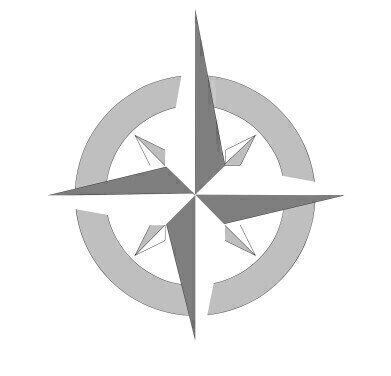Air Monitoring
An Introduction to the Wind Rose
Feb 04 2015
Airports built near towns and cities use many factors when determining which runway will be used for an aeroplane’s take-off. Weather patterns, noise considerations and aeroplane size are all factors that will be used to make the decision — but the most important factor will be wind direction.
Aircraft take-off into the wind. This is because when they take-off into the wind the relative air-speed to the aeroplane is increased. This generates more lift which consequently makes the take-off easier. Accordingly, most runways are built in line with the prevailing wind direction. The determine which direction the prevailing wind comes from we use a wind rose, let’s take a quick look at what a wind rose is, how they are made and what details they can tell us.
What is a Wind Rose?
A simple description of a wind rose might be that it shows a graphical representation of the direction the wind blows from at a given location over a given period of time — the direction of the prevailing winds. But they can be used to show much more detail than just the prevailing winds.
A wind rose is usually shown in a circular pattern and shows the frequency of winds blowing from different directions. The compass directions are usually indicated around the outside of the rose, such as north (N), NNE, NE, ENE, E and on round to N.
The length of each bar or spoke shown in the circle represents the frequency of time that the wind blows from the direction it is pointing to. The frequency scale is usually shown as concentric circles, based on the centre of the rose, getting further from the centre with increasing frequency. The centre of the rose represents a frequency of zero. Some wind roses carry further information by using colour codes on each spoke to represent different speed ranges with the frequency represented by the length of banding on the spoke.
Reading a Wind Rose
To be useful a wind rose needs more information than that shown on the circular frequency distribution. Two important pieces of information that should always be on a wind rose are:
- the location where the wind speed and direction readings were taken, and
- the time period over which the readings were taken.
This information is needed if you are attempting to make any future predictions from the wind rose data. For example, a frequency distribution for wind speed and direction for the month of June might be totally different for one in the same location in January.
Taking readings from the spokes is a little more difficult if they show wind speed frequency than if they show frequency alone — remember that each spoke shows total cumulative frequency for all wind speeds from that direction.
Using Wind Data
Besides using wind rose data for airport runway directions; data from wind rose’s is useful in many industries including wind farms and environmental monitoring as discussed in this article in Environmental Technology.
Digital Edition
IET 34.2 March 2024
April 2024
Gas Detection - Biogas batch fermentation system for laboratory use with automatic gas analysis in real time Water/Wastewater - Upcycling sensors for sustainable nature management - Prist...
View all digital editions
Events
Apr 30 2024 Melbourne, Australia
Apr 30 2024 Birmingham, UK
May 03 2024 Seoul, South Korea
May 05 2024 Seville, Spain
May 06 2024 Minneapolis, MN, USA


















